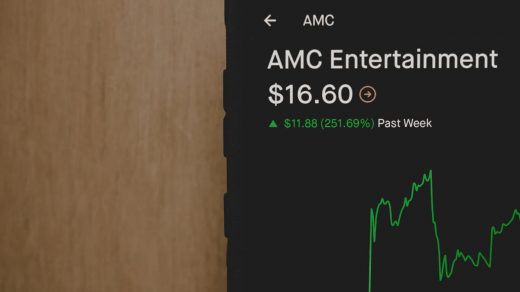In recent years, high-frequency trading bots have emerged as a game-changer in the world of financial markets. These bots are sophisticated computer algorithms that are designed to buy and sell financial instruments at lightning-fast speeds. In this article, we will explore the basics of high-frequency trading bots, their impact on financial markets, and the controversies surrounding them. Bitcoin trading, you may consider using a reputable trading platform like Bitcoin Pro
What are High-Frequency Trading Bots?
High-frequency trading bots are computer programs that use complex mathematical algorithms to analyze market data and execute trades at high speeds. These bots are designed to take advantage of small price discrepancies in the market and make a profit in a matter of microseconds. They can analyze vast amounts of data in real-time, allowing them to make split-second decisions on whether to buy or sell a particular financial instrument.
Impact on Financial Markets
High-frequency trading bots have had a significant impact on financial markets. They have increased market liquidity by making it easier for traders to buy and sell financial instruments. This, in turn, has led to tighter bid-ask spreads, which has reduced the cost of trading for investors. Additionally, high-frequency trading bots have improved market efficiency by ensuring that prices reflect all available information. This has led to more accurate pricing of financial instruments, making it easier for investors to make informed decisions.
Controversies Surrounding High-Frequency Trading Bots
Despite their many benefits, high-frequency trading bots have also been the subject of controversy. One of the main concerns is that they may be responsible for increasing market volatility. Critics argue that these bots are programmed to exploit short-term market inefficiencies, which can lead to sudden and unpredictable price movements. This can cause significant losses for investors who are not equipped to keep up with the lightning-fast pace of high-frequency trading.
Another concern is that high-frequency trading bots may give some traders an unfair advantage over others. Because these bots are so fast, they can detect and react to market changes before human traders have a chance to respond. This can result in a situation where high-frequency traders have an unfair advantage over other investors who are not using these bots.
Regulation of High-Frequency Trading Bots
The rise of high-frequency trading bots has led to increased regulatory scrutiny. Regulators are concerned about the potential risks associated with these bots and are taking steps to ensure that they do not disrupt financial markets. For example, in the United States, the Securities and Exchange Commission (SEC) has introduced regulations that require high-frequency traders to register with the agency and disclose certain information about their trading activities.
Other countries have also introduced regulations to address the risks associated with high-frequency trading bots. For example, in Europe, the Markets in Financial Instruments Directive II (MiFID II) has introduced new rules aimed at increasing transparency and reducing the risks associated with algorithmic trading.
As high-frequency trading bots continue to evolve and become more sophisticated, it is likely that they will play an even more significant role in financial markets. For example, some experts predict that these bots could eventually replace human traders altogether, leading to a fully automated market.
However, others argue that there will always be a need for human intervention in financial markets. While high-frequency trading bots are excellent at analyzing data and making split-second decisions, they lack the human intuition and judgment that are sometimes necessary for making complex trading decisions.
Conclusion
High-frequency trading bots have revolutionized the world of financial markets. They have increased market liquidity, improved market efficiency, and made it easier for investors to trade financial instruments. However, they have also been the subject of controversy, with some critics arguing that they may be responsible for increasing market volatility and giving some traders an unfair advantage.
Despite these concerns, regulators are taking steps to ensure that high-frequency trading bots do not disrupt financial markets. By introducing new rules and regulations aimed at increasing transparency and reducing risk, they are working to strike a balance between the benefits and risks associated with these bots.
Overall, it is clear that high-frequency trading bots are here to stay. As technology continues to advance, we can expect to see further developments in this area, which will undoubtedly have a significant impact on financial markets in the years to come.




Recent Comments